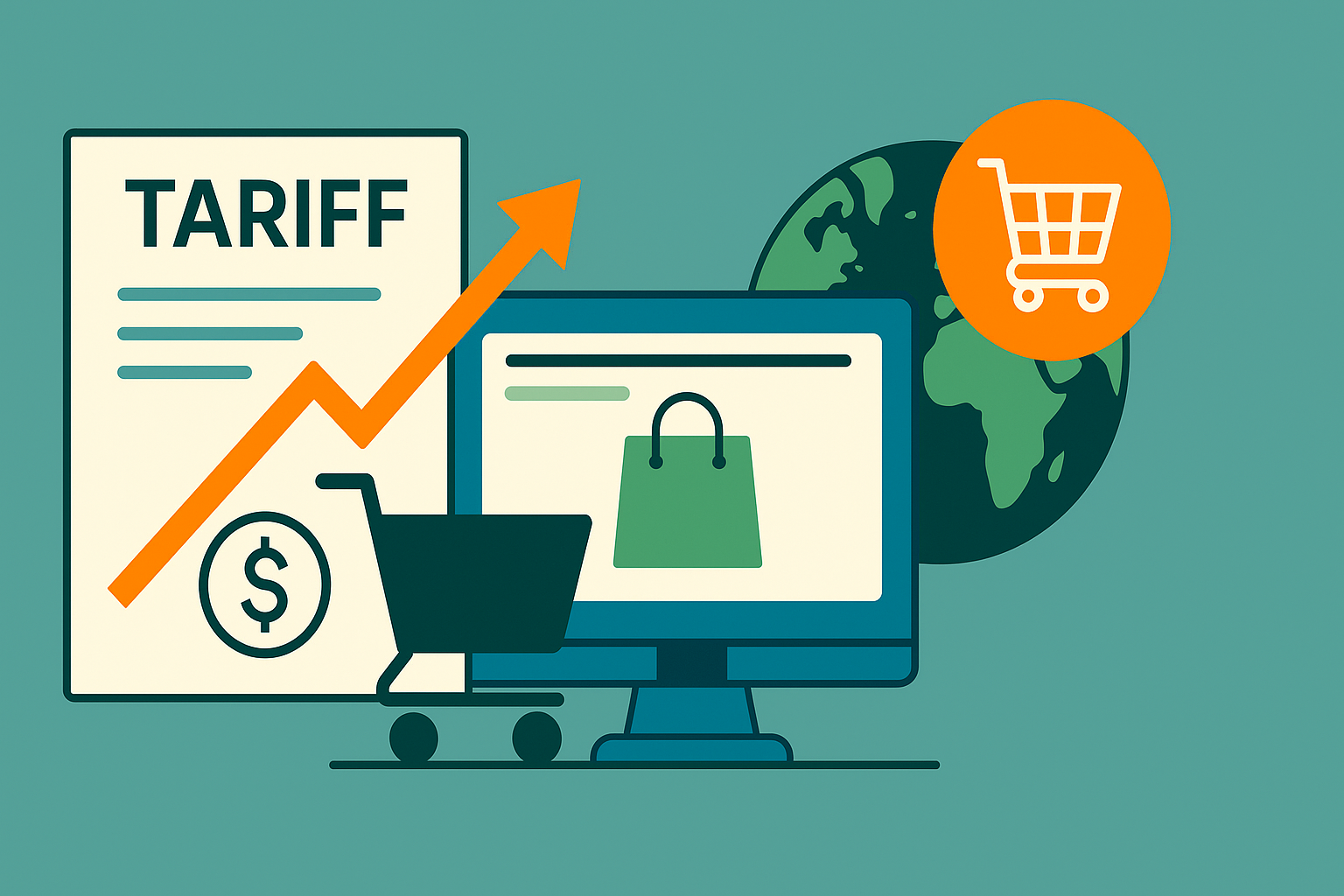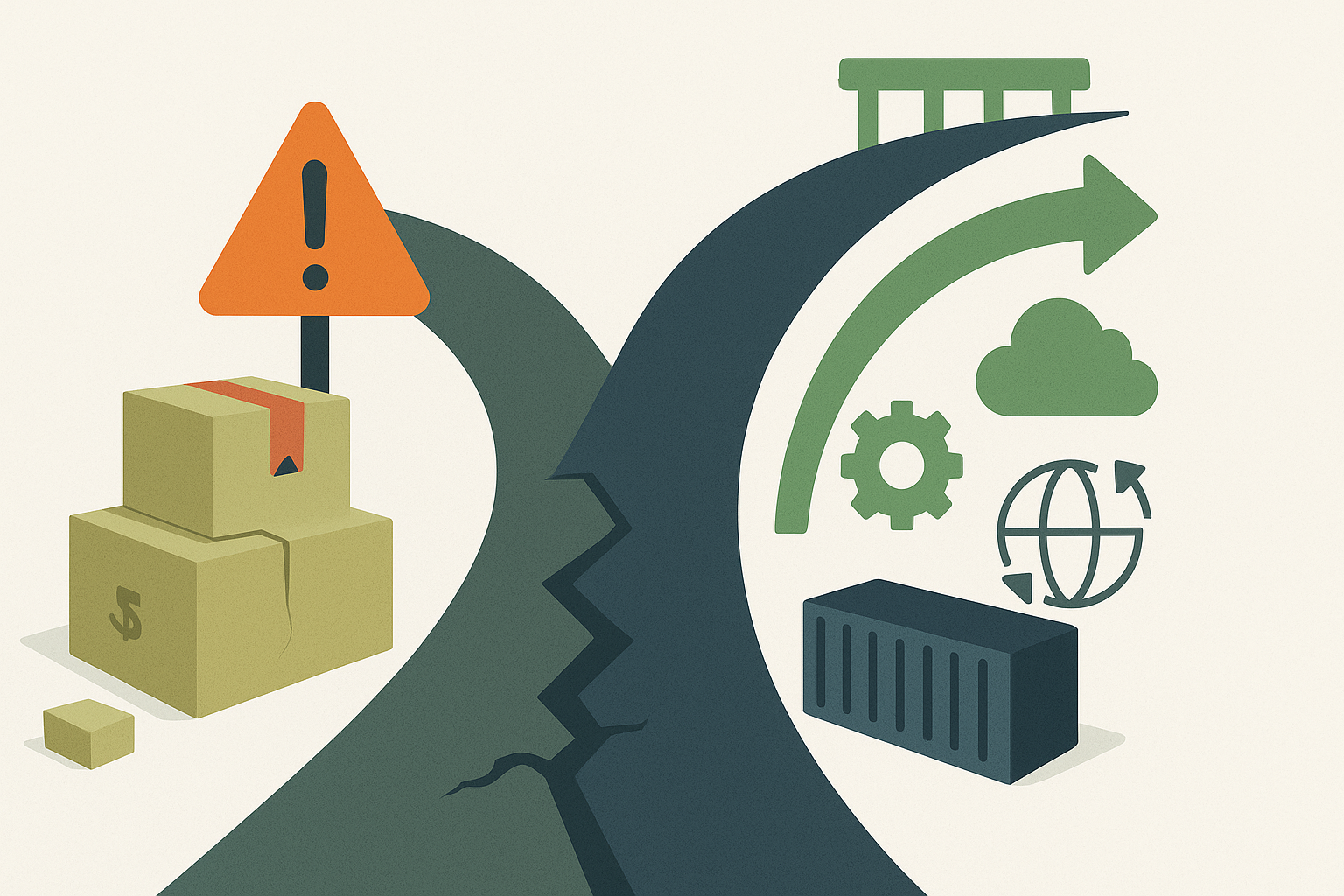Breaking Silos: Integrating ERP, CRM, and eCommerce for Scalable Growth
“Why do my digital systems feel disconnected when I have all the right tools?”
That’s a question many business leaders ask when their ERP, CRM, and eCommerce platforms don’t communicate properly. You’ve invested in powerful systems, yet instead of working together, they operate in silos, creating bottlenecks and missed opportunities.
Integration isn’t just a tech upgrade — it’s a growth strategy. When your ERP, CRM, and eCommerce platforms are seamlessly connected, data flows effortlessly, teams collaborate better, and customers get a frictionless experience. The challenge? Many businesses fail to integrate these systems properly, leading to inaccurate data, operational slowdowns, and frustrated customers.
Let’s break down how you can overcome integration challenges and create a scalable, efficient business operation.
Why System Silos Are Holding Your Business Back
Silos slow you down. They create fragmented customer experiences, manual workarounds, and decision-making blind spots. Here’s how disconnected systems hurt your business:
- Data Duplication & Errors – Your CRM captures customer interactions, but your ERP has different order records. A study by Experian found that 91% of businesses suffer from data errors, leading to lost revenue and inefficiencies. Without real-time synchronization, your teams rely on outdated information.
- Inefficient Workflows – Sales teams waste time manually transferring data between platforms, increasing human error and delaying processes. A 2022 survey by Coveo revealed that employees now spend an average of 3.6 hours daily searching for information, an increase from previous years.
- Poor Customer Experience – Imagine a buyer seeing one price on your eCommerce site and receiving a different one on their invoice. Salesforce research shows 76% of customers expect consistent interactions, but 54% feel like they’re dealing with separate departments instead of a unified business due to disconnected data. Inconsistencies erode trust and drive customers away.
- Missed Revenue Opportunities – A ResearchGate study found that businesses using Salesforce CRM experienced a 30% increase in monthly revenue, driven by a 29% reduction in sales cycle duration, 75% decrease in time spent on manual data entry, and improved efficiency through automated lead management and streamlined sales processes—freeing up sales teams to focus more on high-impact activities like closing deals and nurturing leads.
Why Integration is the Key to Business Success
Breaking silos is about unifying data, automating workflows, and improving efficiency. Here’s how integration can transform your business:
Real-Time Data Visibility
A connected ecosystem ensures that inventory, sales, and customer data sync across all platforms, eliminating discrepancies. One of the primary benefits of ERP and CRM integration is real-time data visibility, enabling proactive decision-making. Businesses can adjust pricing, restock inventory, or launch targeted promotions instantly. A study by Forrester found that businesses with real-time data access grow 8-10% faster than those without.
Seamless Customer Experience
Customers enjoy consistent pricing, order tracking, and personalized recommendations across all touchpoints. Integrated systems ensure that whether they browse products online, talk to sales, or check order statuses, the information remains consistent. This is particularly crucial in B2B, where according to Harvard Business Review, 81% of all customers attempt to take care of themselves before reaching out to a live representative
Automated Workflows & Reduced Manual Work
Orders placed on your eCommerce platform trigger automatic updates in the ERP and notify sales reps via the CRM. Instead of just reducing errors, automation enables faster order fulfillment, better demand forecasting, and improved compliance tracking.
Faster Decision-Making
With full ERP CRM and eCommerce integration, leadership teams can quickly access unified data to inform decisions without waiting for manual reports. Integration not only speeds up decision-making but also provides predictive analytics for forecasting demand, customer trends, and inventory needs. AI-driven insights help businesses optimize pricing strategies and reduce stockouts before they happen.
Scalability & Growth
An integrated system can handle increasing order volumes, customer interactions, and new sales channels without operational friction. Instead of just handling growth, integration enables businesses to expand into new markets effortlessly by localizing prices, taxes, and fulfillment options. It also facilitates multi-channel commerce, making it easier to sync operations across marketplaces like Amazon, Walmart, and wholesale distribution channels.
When selecting an integration platform, businesses must prioritize flexibility to ensure long-term scalability. Choosing a system capable of supporting multiple platforms allows for seamless adaptability as technology evolves, preventing costly disruptions in the future.” – Fahad Sheikh
Improved Collaboration Across Departments
Improving collaboration with integrated systems ensures sales, marketing, finance, and operations teams have access to the same data, eliminating miscommunication and accelerating project execution. Teams can work together seamlessly with shared insights, reducing redundant efforts and improving overall efficiency.
More Accurate Demand Forecasting
With combined data from eCommerce, CRM, and ERP, businesses can predict seasonal demand spikes, plan inventory more efficiently, and reduce wastage. Predictive analytics help businesses prepare for market fluctuations and optimize stock levels accordingly.
Tackling Integration Challenges Head-On
Beyond technical issues, businesses also face strategic challenges that can hinder adoption. Overcoming integration challenges in B2B eCommerce requires addressing both cultural and technical barriers.
- Cultural Resistance – Employees may resist new workflows, slowing down adoption. Leadership buy-in and proper training can mitigate this.
- Cost Concerns – Many businesses worry about integration costs, but studies show that the long-term savings in efficiency and accuracy far outweigh initial expenses.
- Security Risks – Poor integration practices can expose sensitive data. Implementing compliance-based security protocols ensures safe data transfers.
Integration isn’t as simple as flipping a switch.
“Selecting an eCommerce or CRM platform isn’t just about features—it’s about future-proofing your business. Choosing a system with built-in integration capabilities minimizes reliance on third-party apps, making future migrations smoother and ensuring long-term scalability.” – Fahad Sheikh
Here’s how to address common challenges:
Addressing System Compatibility Issues
Legacy systems often lack native integrations, making it necessary to build custom connectors for B2B eCommerce platforms, middleware, or APIs to bridge these gaps..
“One of the biggest integration challenges for enterprises is the lack of out-of-the-box solutions that seamlessly connect ERP, CRM, and eCommerce platforms. While smaller businesses often find easy plug-and-play integrations, larger companies frequently need custom-built connectors or middleware. The key is to invest in a flexible integration platform that not only solves current challenges but also scales with future needs” – Fahad Sheikh
Creating a Phased Implementation Strategy
Instead of a full-scale overhaul, integrate in stages: start with syncing customer data, then orders, then inventory.
Standardizing Data Across Platforms – Ensure that customer names, order IDs, and inventory SKUs use the same formats across ERP, CRM, and eCommerce.
Training Teams for Adoption – Change resistance is real. Educate employees on the benefits of integration and provide hands-on training.
What’s Next? Scaling Your Business with Data-Driven Decisions
Once integrated, your ERP, CRM, and eCommerce platforms become a powerhouse for insights:
Predictive Analytics – Leverage AI-driven insights to forecast demand, optimize inventory, and personalize customer engagement.
Omnichannel Expansion – With unified data, it’s easier to expand to marketplaces like Amazon, and Walmart, or new direct-to-customer channels.
Future-Proofing with Emerging Tech – A connected system paves the way for headless commerce, IoT-based automation, and blockchain-based security enhancements.
Takeaways
Disconnected systems slow your business down. Integration, on the other hand, streamlines operations, improves customer satisfaction and fuels scalable growth. The key is a well-planned strategy that aligns your ERP, CRM, and eCommerce platforms without disrupting daily operations.
Contributors
-

Tooba Nadeem
writer
-

Fahad Sheikh
Head of Growth and Product


